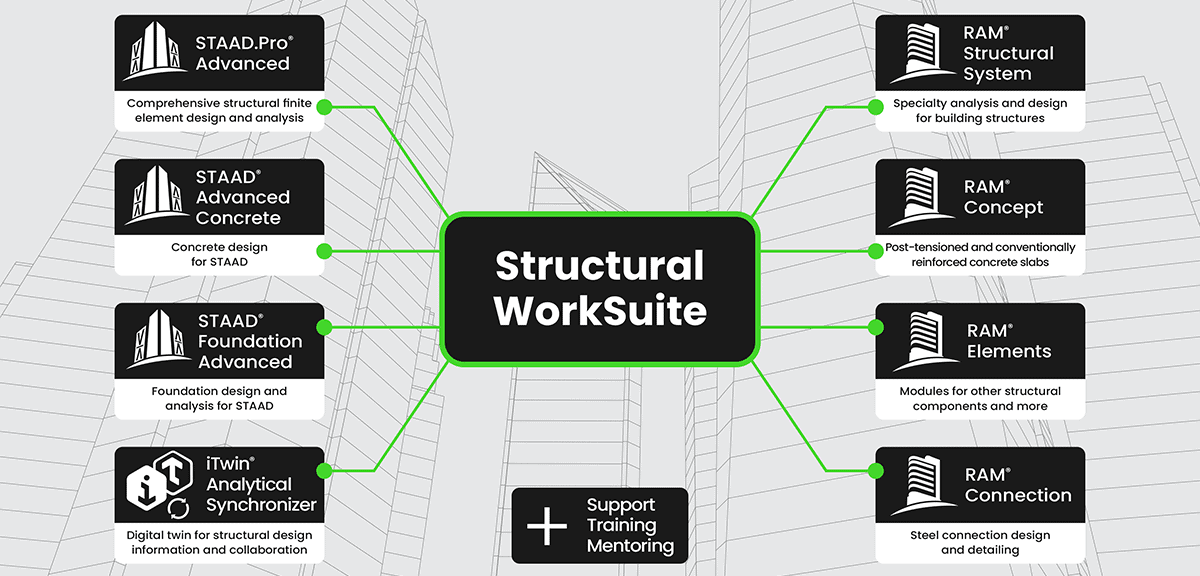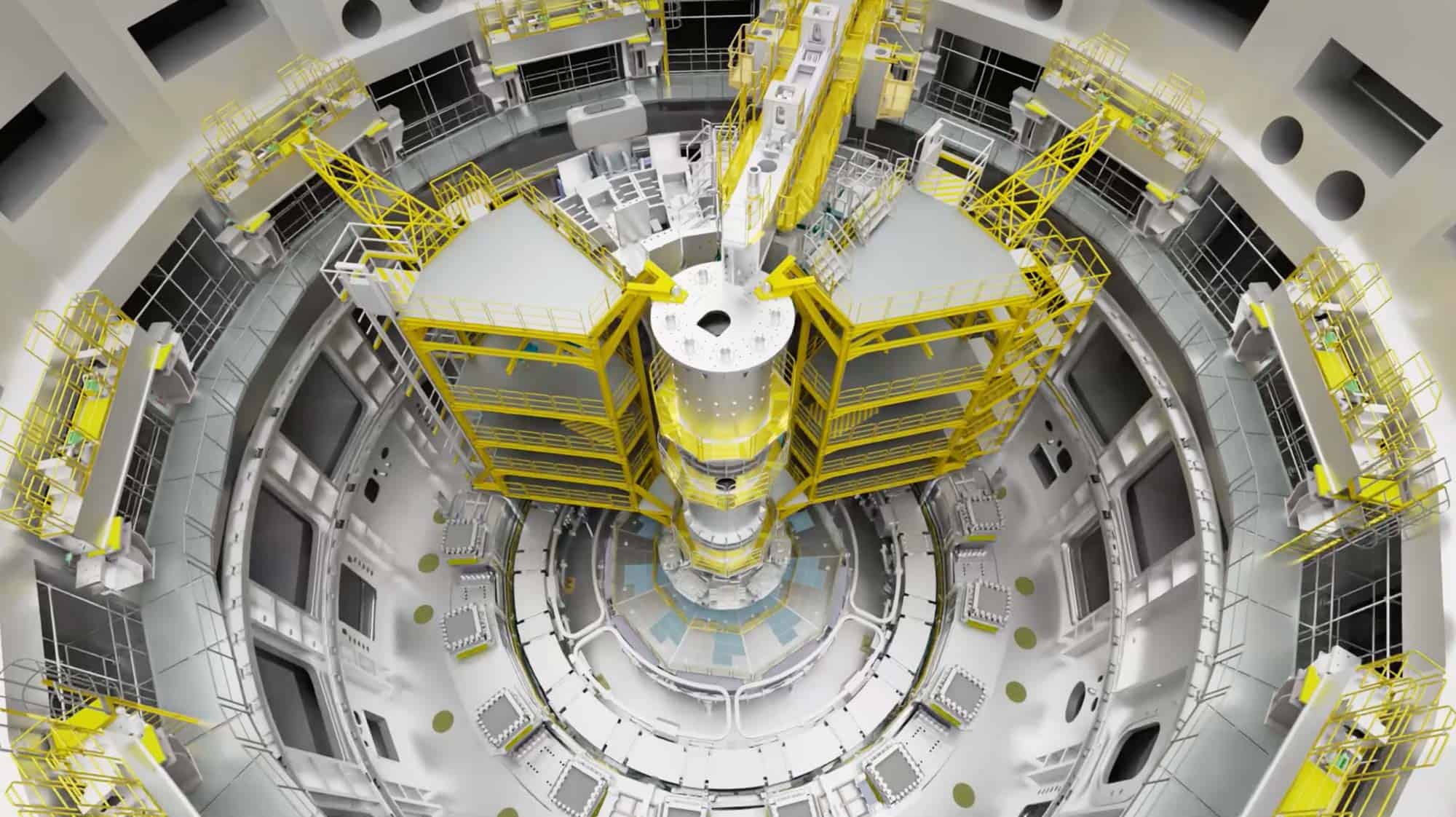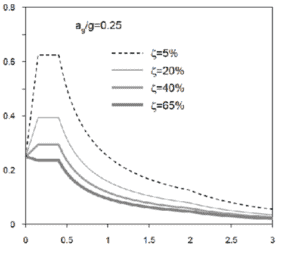Learn more about using secondary moments in designing post-tensioned concrete. Read the recently published technical article in PTI Journal.
Understanding the meaning and usage of secondary moments is key in designing post-tensioned concrete, and many engineers follow a traditional approach which can result in code-compliant and safe designs. Read this article for a deeper understanding of where this traditional approach came from, take a look at why and when it works, and see how it is only one approach for designing post-tensioned members, when in fact, there may be yet another perspective to consider.
After setting the stage for post-tensioning and the clarification of using secondary effects in the introduction, following sections include a look at:
- Ensuring Flexural Strength Capacity of Concrete Members
- The flexural strength capacity of concrete members must be calculated to ensure that they have adequate strength to resist the applied demand loads.
- Post-tensioned Flexural Strength Capacity – ACI Secondary Force Approach
- Take a look at how ACI 318-19 Section 22.2.1.3 prescribes the effective method.
- Post-tensioned Flexural Strength Capacity – New Equilibrium Solution
- A significant portion of the strength of post-tensioned cross sections is a function of the internal compression strains and stresses generated from stressing the strands.
- Recommended Secondary Force Approach
- Explore a secondary force approach that is both consistent with the new equilibrium approach and the intent of ACI 318, and is therefore suitable for use in design.
- Cross Sections with both Post-tensioning and Non-prestressed Reinforcement
- This section provides a straightforward method to calculate secondary forces, which takes the ambiguity out of the ACI definitions for secondary forces, is consistent with the ACI definitions, and is generally applicable.
- Difference between New Equilibrium and Recommended Secondary Force Approach
- See how the difference between the new equilibrium behavior and the recommended secondary effects approach is simply a numerical manipulation.
Read the PTI Journal article courtesy of Post-Tensioning Institute.
Learn more about RAM Concept, Bentley’s concrete slab design software.









